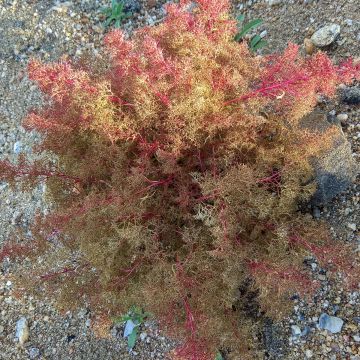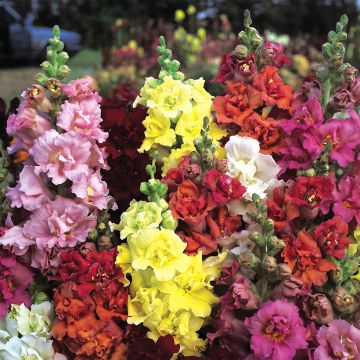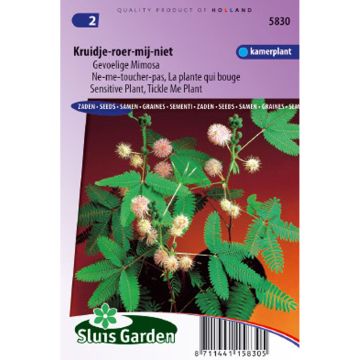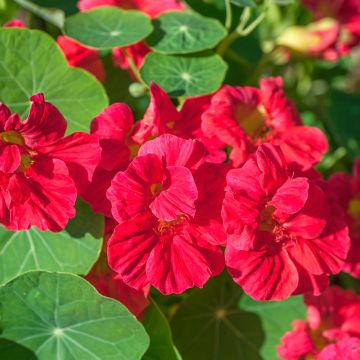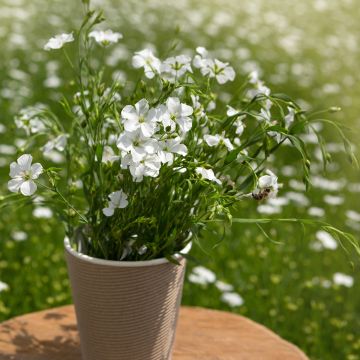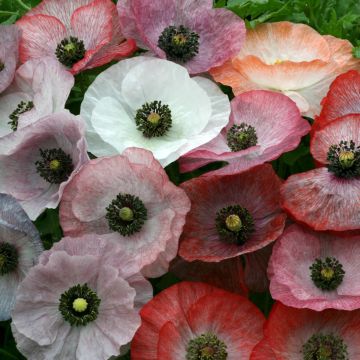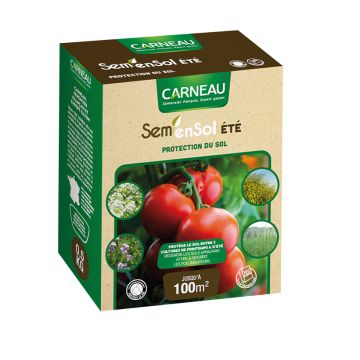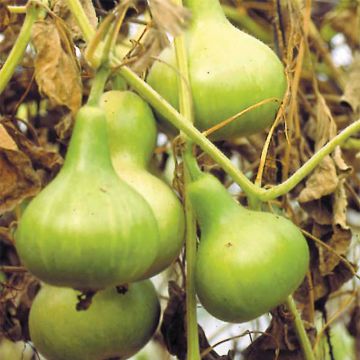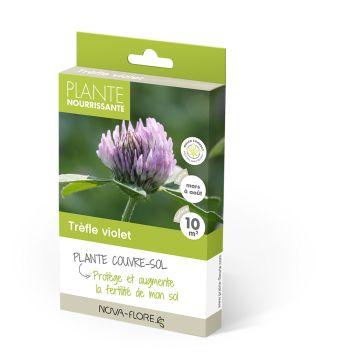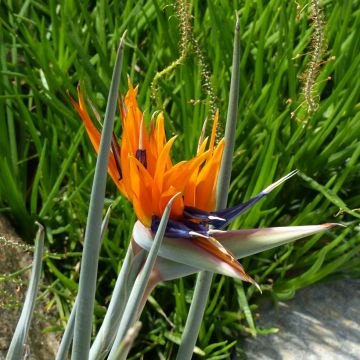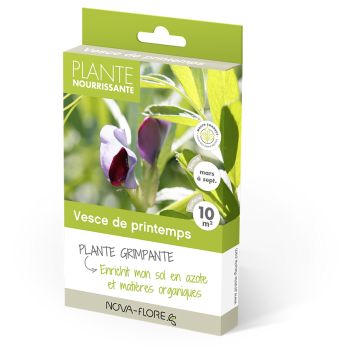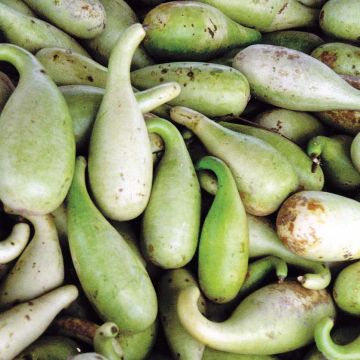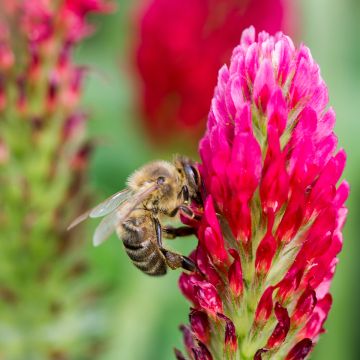Shipping country and language
Your country of residence may be:
Your country of residence is:
For a better user experience on our website, you can select:
Your shipping country:
Andorra
Austria
Belgium
Bulgaria
Canada
Chile
Croatia
Cyprus
Czechia
Denmark
Estonia
Finland
France
Germany
Greece
Hungary
Iceland
Ireland
Italy
Latvia
Lithuania
Luxembourg
Malta
Monaco
Netherlands
Poland
Portugal
Romania
Slovakia
Slovenia
Spain
Sweden
Switzerland
United Kingdom
We only deliver seed and bulb products to your country. If you add other products to your basket, they cannot be shipped.
Language:
French
German
Spanish
English
My Account
Hello
My wish lists
Plantfit
Log in / Register
Existing customer?
New customer?
Create an account to track your orders, access our customer service and, if you wish, make the most of our upcoming offers.
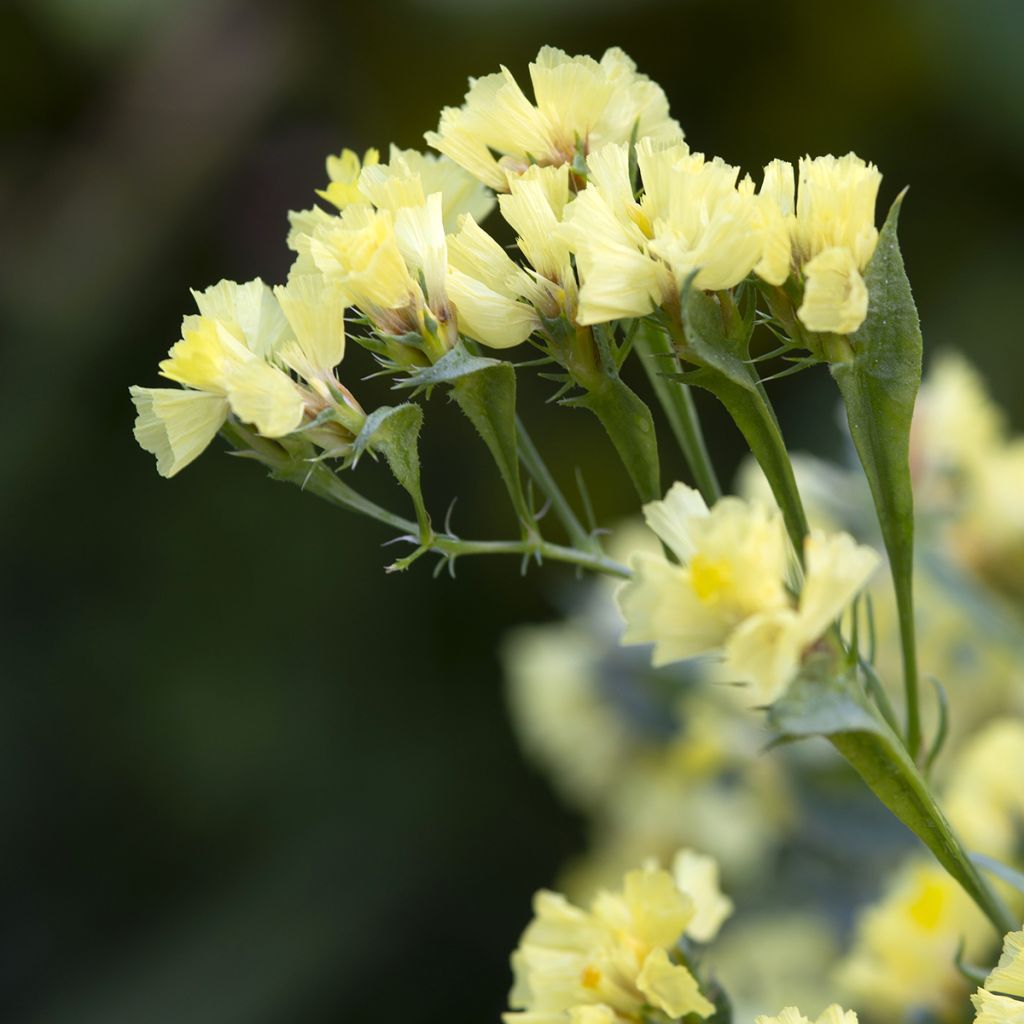

Limonium sinuatum Pacific Mix - Waved Sea Lavender seeds
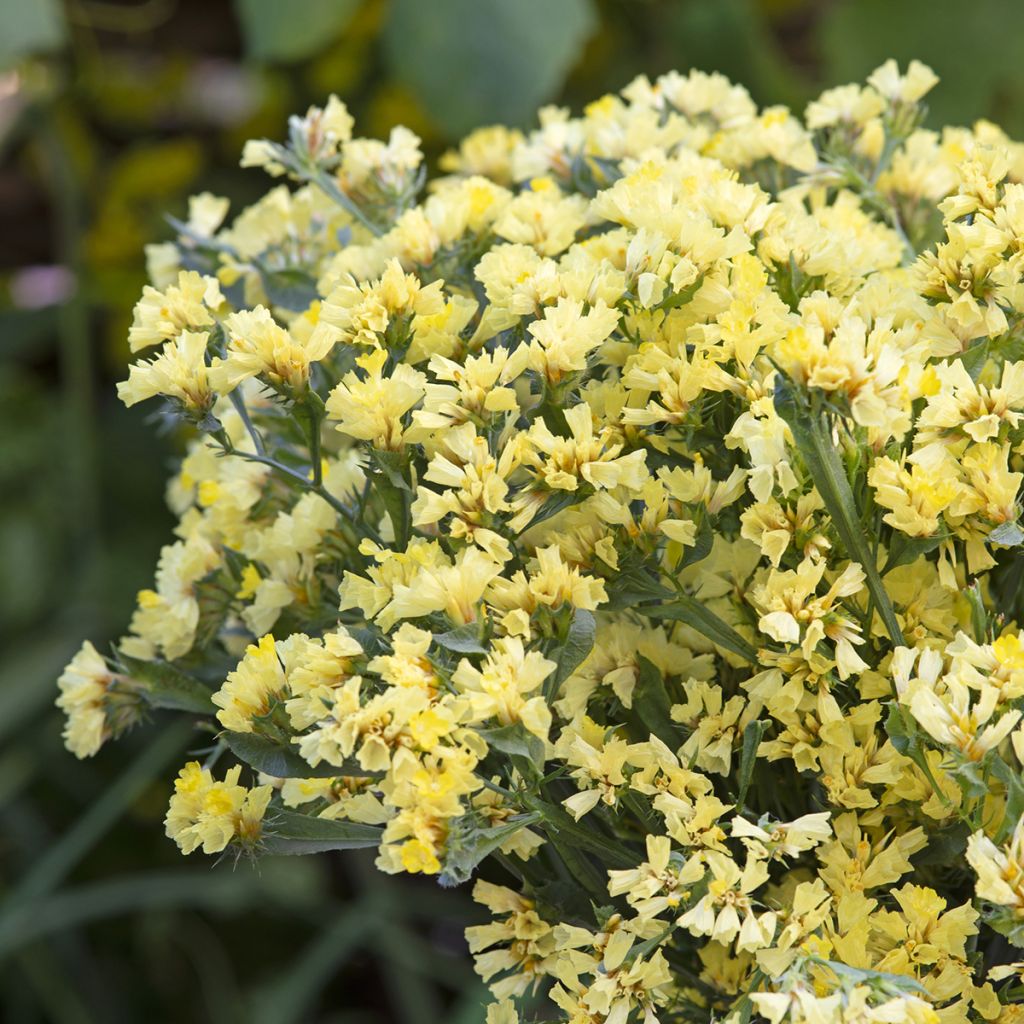

Limonium sinuatum Pacific Mix - Waved Sea Lavender seeds
Limonium sinuatum Pacific Mix - Waved Sea Lavender seeds
Limonium sinuatum subsp. bonduellei
Waved Sea Lavender, Statice, Sea Lavender
Order in the next for dispatch today!
Dispatch by letter from €3.90.
Delivery charge from €5.90 Oversize package delivery charge from €6.90.
More information
This item is not available in your country.
Schedule delivery date,
and select date in basket
This plant carries a 6 months recovery warranty
More information
We guarantee the quality of our plants for a full growing cycle, and will replace at our expense any plant that fails to recover under normal climatic and planting conditions.
Seed-only orders are dispatched by sealed envelope. The delivery charge for seed-only orders is €3.90.
Does this plant fit my garden?
Set up your Plantfit profile →
Description
Limonium sinuatum 'Pacific Mix', also called sea lavender 'Pacific Mix', is a tender, bushy perennial of Mediterranean origin, that is grown as an annual. All summer long, it displays swarms of tiny papery flowers in a variety of bright shades. They are beautiful in beds and rock gardens and are a precious asset for fresh or dried flower bouquets since their colours don't fade for a long time. Grow in the sun in well-drained, light soil that doesn't dry out too much during the summer.
Limonium sinuatum or Statice sinuata, commonly known as Sea lavender, is a Mediterranean herbaceous plant of the Plumbaginaceae family. This bushy plant has an erect and somewhat stiff-looking growth habit. It forms clumps that reach 80cm in height and 30cm in diameter when in bloom. It develops a dense basal rosette composed of very wavy, lanceolate, deciduous, oblong, green leaves. From July to September, winged, branched flower stems appear, covered with a few small leaves, and whose tips bear 8 to 10cm clusters of tiny flowers surrounded by brightly coloured, papery bracts., The flower itself is much more discreet and is almost invisible. They come in almost all the brightest shades of the rainbow, except red. The bloom is nectar-rich. The fruit is a capsule containing a single seed. This plant self-seeds easily in light soil.
Sea lavender is probably one of the easiest flowers to dry; simply cut the longest flower stems and place them upside down in a cool, dry and ventilated place. Their colours don't fade for a long time, becoming only slightly paler with time. Plants in the 'Pacific' mix can also be used to bring a lighter touch to flowerbeds and rock gardens, next to bolder blooms. They can be combined with yarrow and Russian sage which also have a very airy look about them and are just as frugal.
Flowering
Foliage
Plant habit
Botanical data
Limonium
sinuatum subsp. bonduellei
Plumbaginaceae
Waved Sea Lavender, Statice, Sea Lavender
Limonium bonduellei - Statice bonduellei
North Africa
Other Flower seeds A to Z
Planting and care
Sow sea lavender seeds in February/March in a glasshouse, propagator or in a heated room at home, on the surface of good quality compost and cover with a fine sprinkling of vermiculite or compost. Germination takes 7-14 days at 18-24 °C. Transplant sufficiently developed seedlings into trays, spacing them 5cm apart and maintain them at a slightly lower temperature. Gradually acclimatize them to outdoor conditions for 10-15 days before planting them out in the open ground, after all risk of frost, in deep, well-drained soil. Space the plants 30 cm apart. Sea lavender plants are really easy to grow. They appreciate sunny positions and well-drained, sandy, dry soil. They can withstand salt-laden winds, making them perfect candidates for seaside gardens. Plant in spring, in warm soil. Once settled, simply remove faded flowers; this stimulates the renewal of blooms. At the end of the season, if you wish to try and keep sea lavender over the winter, cut down the stems. Like many Mediterranean plants, sea lavender is very drought resistant, but needs water to flower well in summer. In its native region, it blooms before summer drought arrives. This plant does not like humidity, which makes it susceptible to Botrytis, grey mould.
Sowing period
Intended location
This item has not been reviewed yet - be the first to leave a review about it.
Flower seeds
Haven't found what you were looking for?
Hardiness is the lowest winter temperature a plant can endure without suffering serious damage or even dying. However, hardiness is affected by location (a sheltered area, such as a patio), protection (winter cover) and soil type (hardiness is improved by well-drained soil).

Photo Sharing Terms & Conditions
In order to encourage gardeners to interact and share their experiences, Promesse de fleurs offers various media enabling content to be uploaded onto its Site - in particular via the ‘Photo sharing’ module.
The User agrees to refrain from:
- Posting any content that is illegal, prejudicial, insulting, racist, inciteful to hatred, revisionist, contrary to public decency, that infringes on privacy or on the privacy rights of third parties, in particular the publicity rights of persons and goods, intellectual property rights, or the right to privacy.
- Submitting content on behalf of a third party;
- Impersonate the identity of a third party and/or publish any personal information about a third party;
In general, the User undertakes to refrain from any unethical behaviour.
All Content (in particular text, comments, files, images, photos, videos, creative works, etc.), which may be subject to property or intellectual property rights, image or other private rights, shall remain the property of the User, subject to the limited rights granted by the terms of the licence granted by Promesse de fleurs as stated below. Users are at liberty to publish or not to publish such Content on the Site, notably via the ‘Photo Sharing’ facility, and accept that this Content shall be made public and freely accessible, notably on the Internet.
Users further acknowledge, undertake to have ,and guarantee that they hold all necessary rights and permissions to publish such material on the Site, in particular with regard to the legislation in force pertaining to any privacy, property, intellectual property, image, or contractual rights, or rights of any other nature. By publishing such Content on the Site, Users acknowledge accepting full liability as publishers of the Content within the meaning of the law, and grant Promesse de fleurs, free of charge, an inclusive, worldwide licence for the said Content for the entire duration of its publication, including all reproduction, representation, up/downloading, displaying, performing, transmission, and storage rights.
Users also grant permission for their name to be linked to the Content and accept that this link may not always be made available.
By engaging in posting material, Users consent to their Content becoming automatically accessible on the Internet, in particular on other sites and/or blogs and/or web pages of the Promesse de fleurs site, including in particular social pages and the Promesse de fleurs catalogue.
Users may secure the removal of entrusted content free of charge by issuing a simple request via our contact form.
The flowering period indicated on our website applies to countries and regions located in USDA zone 8 (France, the United Kingdom, Ireland, the Netherlands, etc.)
It will vary according to where you live:
- In zones 9 to 10 (Italy, Spain, Greece, etc.), flowering will occur about 2 to 4 weeks earlier.
- In zones 6 to 7 (Germany, Poland, Slovenia, and lower mountainous regions), flowering will be delayed by 2 to 3 weeks.
- In zone 5 (Central Europe, Scandinavia), blooming will be delayed by 3 to 5 weeks.
In temperate climates, pruning of spring-flowering shrubs (forsythia, spireas, etc.) should be done just after flowering.
Pruning of summer-flowering shrubs (Indian Lilac, Perovskia, etc.) can be done in winter or spring.
In cold regions as well as with frost-sensitive plants, avoid pruning too early when severe frosts may still occur.
The planting period indicated on our website applies to countries and regions located in USDA zone 8 (France, United Kingdom, Ireland, Netherlands).
It will vary according to where you live:
- In Mediterranean zones (Marseille, Madrid, Milan, etc.), autumn and winter are the best planting periods.
- In continental zones (Strasbourg, Munich, Vienna, etc.), delay planting by 2 to 3 weeks in spring and bring it forward by 2 to 4 weeks in autumn.
- In mountainous regions (the Alps, Pyrenees, Carpathians, etc.), it is best to plant in late spring (May-June) or late summer (August-September).
The harvesting period indicated on our website applies to countries and regions in USDA zone 8 (France, England, Ireland, the Netherlands).
In colder areas (Scandinavia, Poland, Austria...) fruit and vegetable harvests are likely to be delayed by 3-4 weeks.
In warmer areas (Italy, Spain, Greece, etc.), harvesting will probably take place earlier, depending on weather conditions.
The sowing periods indicated on our website apply to countries and regions within USDA Zone 8 (France, UK, Ireland, Netherlands).
In colder areas (Scandinavia, Poland, Austria...), delay any outdoor sowing by 3-4 weeks, or sow under glass.
In warmer climes (Italy, Spain, Greece, etc.), bring outdoor sowing forward by a few weeks.
